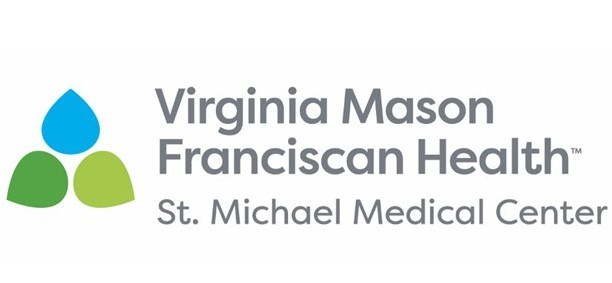A Season for Thoughtful Giving - It Matters
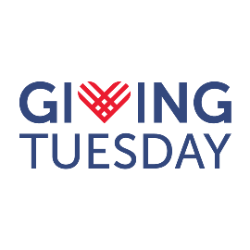
30 Nov 2021
Executive Director Monthly Column


In October 2012, Henry Timms of New York’s 92nd Street Y had an idea. He recognized there were some new days in our holiday season, named in honor of commerce: Black Friday, Small Business Saturday, Cyber Monday. What if, he thought, a day like this was designed to move capital, but for a different purpose—a day dedicated to charity and giving?
That’s how Giving Tuesday was born.
In less than a decade, the Tuesday after Thanksgiving has become a major force in driving donations. Last year Giving Tuesday was associated with an estimated $247 million in charitable giving. That’s good, and as we look around us as this pandemic stubbornly continues, we see more good news when it comes to philanthropy and nonprofits. According to the annual Giving USA report, 2020 was a banner year for charities, with a record $471 billion in donations made in the US, up 3.8 percent from 2019. Causes related to the environment, health, arts and culture, civil rights and community action all saw an uptick in giving, according to Give.org.
From the 30,000-foot point of view, it’s thought charitable giving is driven by two factors: Strong economic results and clearly evident social needs. If that’s the case, 2020 was a year perfect for giving. At the height of the early pandemic, tens of millions of Americans struggled with food insecurity and economic uncertainty; at the same time, surprisingly, the COVID-19 recession lasted just the two months of March and April 2020, becoming the briefest in US history. The economic pain was likely brought to a halt by unprecedented fiscal stimulus by the federal government. As the year passed, despite the pandemic, a seeming contradiction emerged. We continued to see daily challenges in life and social needs, but many Americans felt wealth effects as they saw the values of their homes, investments and other assets increase. They found they could end up giving more.
Given 2021’s positive economic performance, we’d expect to see strong giving numbers again this year. That said, there is room for caution, and plenty of needs in our community.
“Last year and this year, our organization has been a major provider in Kitsap of relief funds for residents when it comes to the pandemic," said Stacy Dore, Director of Development at Kitsap Community Resources. “It’s been hard, but we’ve stepped up to help our community overcome a host of new challenges. It's because of government and community giving that we can improve the lives of our local residents.”

There’s also reason to be somewhat concerned regarding trends. A longstanding Indiana University study found that in 2000 some 66 percent of households were engaged in charitable giving, but by 2018 that number had dropped to just 50 percent. While there might be reasonable explanations for this—this data isn’t necessarily tracking frictionless giving, crowdfunding efforts, or changes in nonprofits that seek fewer but wealthier donors—this remains something to think about. If fewer Americans are giving on an annual basis, that might not be the best thing, despite continued increases in dollars given.
We’re surrounded by low-friction ways to charitably give in our everyday lives. When you pay your Puget Sound Energy Bill, you can also make a donation at the same time to the company’s warm home fund, which helps people in need with their energy costs. Major retailers like Safeway ask at checkout if you want to donate to a variety of causes. Rite Aid’s Kidcents program goes further, allowing you to always round up to the nearest dollar with purchases, donating the balance to their charity for children. Even when online shopping you can make a difference; start your at smile.amazon.com, and the corporation donates 0.5% of eligible purchases to qualified charities of your choice.
Of course, right here in Kitsap, there are plenty of ways to give too, especially as our year draws to a close.
"The holiday season is one of the most critical times of year for nonprofit organizations, as nearly one-third of all annual giving occurs in December," said Stephanie George, Interim President & CEO at the Kitsap Community Foundation. "These gifts are not only essential for supporting the important work they do, but they are also a form of recognition that all of our lives are made better because of their presence in our communities."
You would think that it’s hard to make a difference as a small, individual financial donor, and that perhaps corporations and foundations have the largest effect when it comes to charitable giving. They certainly make a big impact, but the opposite is true. In 2020, nearly 70 percent of all giving, or $324 billion, came from individuals and the choices they made.
And so, as we head into the end of 2021, we find a type of person who makes all the difference when it comes to charitable giving, even though some of those checks they write might feel small at times. It’s the same person who regularly creates positive change in their communities through their everyday actions: It’s you. As we close out yet another difficult year, it’s worth remembering that truth. Your charitable giving matters very much, both to the nonprofits you help and to our society at large.
Joe Morrison (morrison@kitsapeda.org) is Executive Director at the Kitsap Economic Development Alliance (“KEDA”). Dollars donated locally matter to our economy. So do dollars spent right here in Kitsap, making up to three times greater local economic impact. Visit www.shopeatspendkitsap.com to get involved with KEDA’s shop local campaign and its associated social media.
Joe Morrison (morrison@kitsapeda.org) is Executive Director at the Kitsap Economic Development Alliance (“KEDA”). Dollars donated locally matter to our economy. So do dollars spent right here in Kitsap, making up to three times greater local economic impact. Visit www.shopeatspendkitsap.com to get involved with KEDA’s shop local campaign and its associated social media.
More Topics
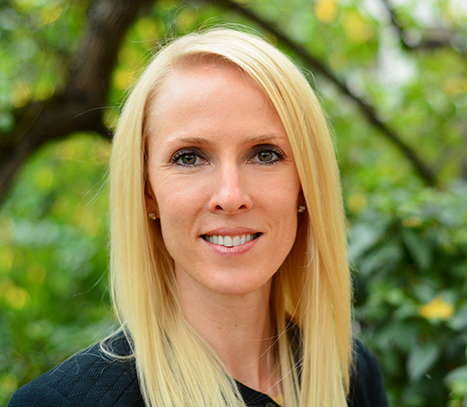
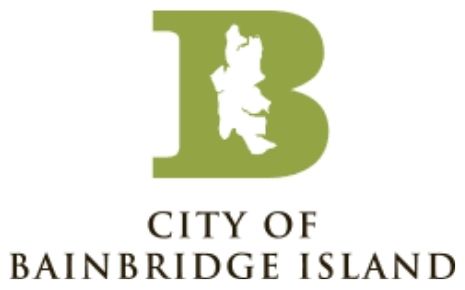
The City of Bainbridge Island Public Works Department is currently advertising for several projects
Nov 16 2021





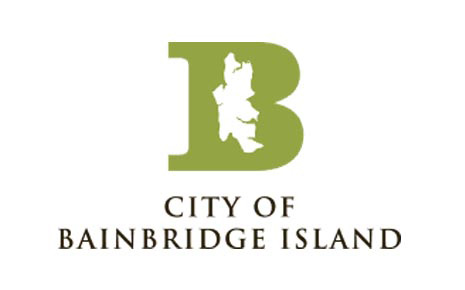
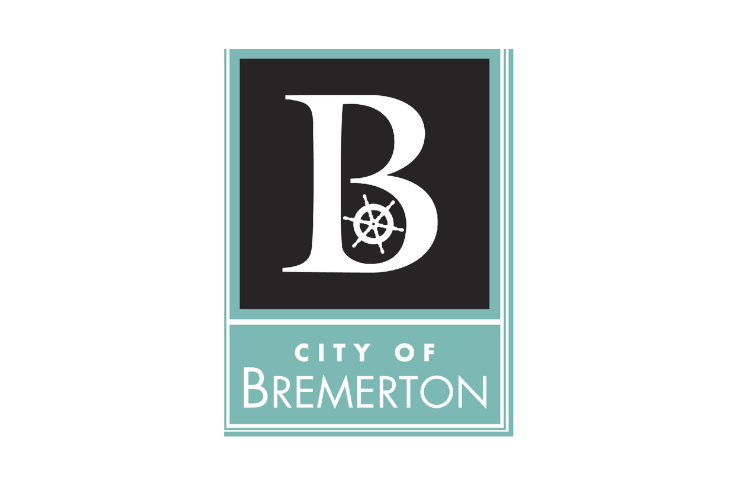


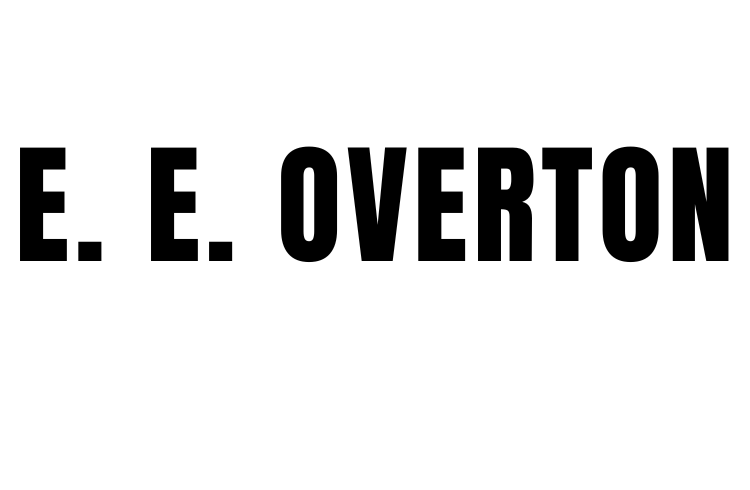
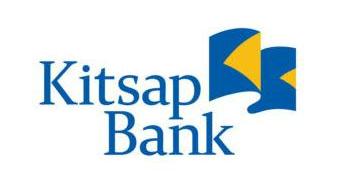
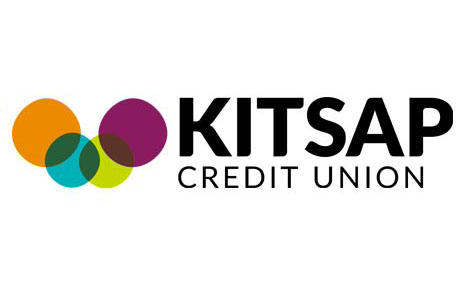
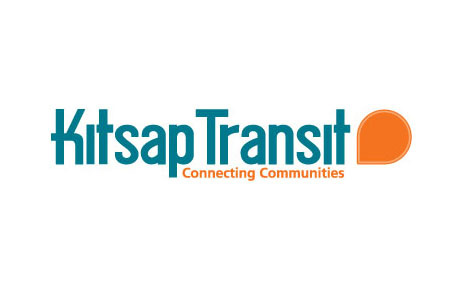
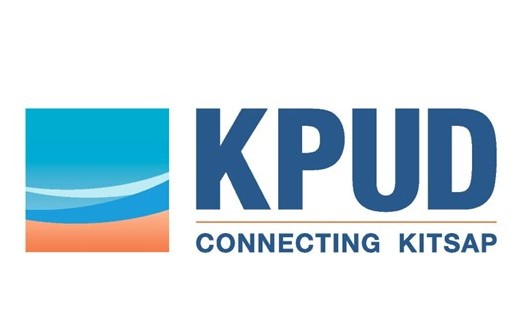
.png)

.png)
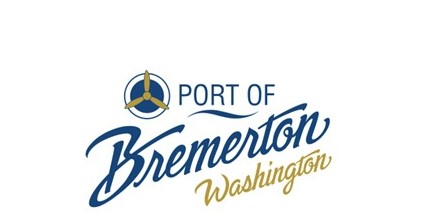



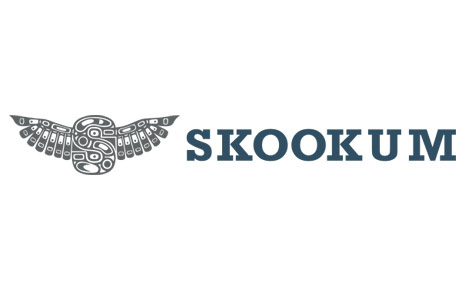
.png)
